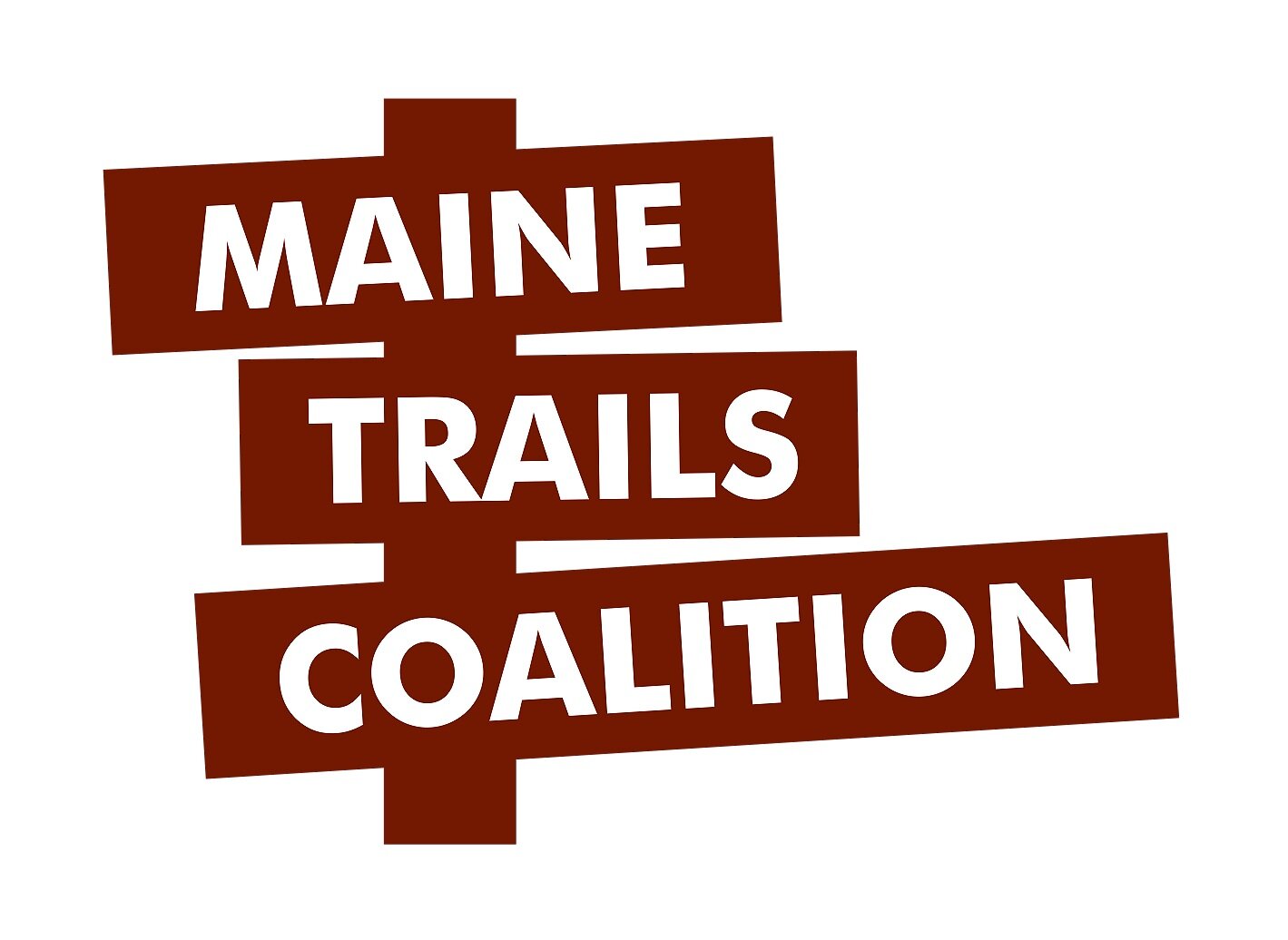Statewide Progress for Trail Until Rail
Big Wins for Trail Until Rail: April 2025 Brings Statewide Progress
April 2025 has brought major momentum for Maine’s Trail Until Rail movement, with legislative wins, local advocacy, and growing support from communities across the state. Designed as a smart, flexible approach to public infrastructure, Trail Until Rail allows unused rail corridors to be converted into multi-use trails on an interim basis, while preserving them for future rail service if and when it becomes viable.
The last couple of months, several important projects and legislative actions pushed this vision forward in a big way.
Lower Road Corridor: Merrymeeting Trail Moves Ahead
One of the biggest milestones came with the affirmation of LD 29 on April 15, 2025, to proceed to the full legislature. If approved there, this 33.5-mile stretch will become part of the long-envisioned Merrymeeting Trail, connecting multiple communities through a safe, scenic, and active transportation route.
The numbers tell a compelling story. According to a March 2025 fact sheet from the Merrymeeting Trail project:
Interim trail construction would cost $34–$43 million, compared to over $500 million to build a trail alongside restored rail.
Annual visitor spending on the trail is projected to be $1.7–$2.6 million.
Proximity to the trail could boost local property values by 2.5–5%.
Improved health outcomes could save communities nearly $300,000 annually in healthcare costs.
We hope that the full legislature’s choice is clear: an interim trail would serve the community today, while keeping the door open to future rail if conditions ever change!
Down East Sunrise Trail: Moves forward to Calais and Canada
Thanks to the exceptional work of the Calais Branch RUAC, Senator Moore, the East Coast Greenway Alliance, Sunrise Trail Coalition, club members and the Maine Trails Coalition LD956 is moving to the legislature. This bill is now combined with the Merrymeeting Trail RUAC.
Casco Bay Trail and Southern Maine Progress
Further south, the Casco Bay Trail Alliance also gained traction for its proposed 25-mile multi-use trail connecting Portland to Auburn. At the same meeting, The Transportation Committee Voted to advance a bill (now known as LD30) to the full House and Senate. Like the Merrymeeting Trail, this project would transform a dormant rail asset into a vibrant link between neighborhoods, businesses, and recreational areas—while preserving long-term rail potential.
Statewide Momentum and What It Means
These successes reflect a broader shift in how Maine communities, lawmakers, and transportation leaders view underutilized rail infrastructure. With the support of organizations like the Maine Trails Coalition, local municipalities, and public health and economic development advocates, Trail Until Rail has emerged as a practical, win-win strategy for communities across the state.
It’s not about choosing trails instead of rail. It’s about putting inactive corridors to good use now, in ways that meet current needs and strengthen local economies—while preserving future options.
What’s Next?
With legislative backing and local enthusiasm building, the coming weeks will be key. Projects like the Merrymeeting Trails, Down East Sunrise Trail and Casco Bay Trails are setting the standard for how to approach rail corridor conversions responsibly and inclusively. Other communities are watching closely—and many are ready to follow suit.
Want to get involved or learn more?
View the Maine Active Transportation Plan to learn more about connecting all of Maine’s 25 largest municipalities Maine Active Transportation Arterials
Visit merrymeetingtrail.org, cascobaytrail.org, Down East Sunrise Trail or follow updates at maine.gov/mdot.
Picture creds to Jeremy Cluchey. From left to right, Jeremy Cluchey-Merrymeeting Trails, Carrie Kinne-Freeport Conservation Trust, Sue Ellen Boardwell-Casco Bay Trail Alliance, Dick Woodbury-Casco Bay Trail Alliance, Senator Marianne Moore-District 6, Mark Wigley-Sunrise Trail Coalition

